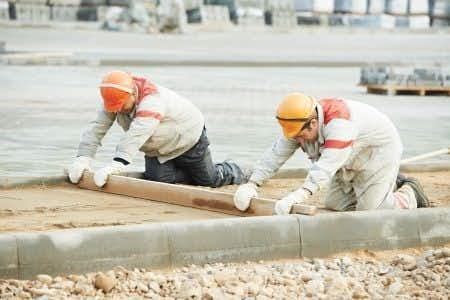This case involves a construction worker who was hired by a city utility to help install modular buildings as part of a city’s re-development project. The city was converting and redeveloping a former naval base into a mixed-use development. A construction worker was working in a trench when a drill that he was operating hit an underground energized electrical line. The construction worker suffered extensive physical injuries, including an amputation of his left arm, lower right leg, and transtibial amputation of his left foot. The construction worker suffered extensive third-degree burns over approximately 20% of his body that required skin grafting. The construction worker also suffered a brain injury that left him with severe neurological problems and he was rendered incompetent. At the time of the accident, employees of the city utility were present and observing operations at the construction site to identify the locations of underground electric utilities and to try to avoid the risk of injury to the construction workers. The construction worker had been told by an employee of the city utility that he was drilling in a safe location. The construction worker sued the city for negligence claiming that the city failed to advise him of the dangerous condition created by the underground energized electrical lines.
Question(s) For Expert Witness
1. Can a construction worker who is required by a city to drill underground sue the city if he is electrocuted and the city failed to inform him that he was drilling near underground energized electrical lines?
Expert Witness Response
When a construction project involves underground digging, the first safety measure that must be taken is to locate all underground utilities. It is always necessary to ensure that the city utility has de-energized and visibly grounded all underground electrical lines and has informed the construction crew that the underground electrical lines are no longer dangerous. These safety measures are necessary because any damage to underground utilities caused by digging can lead to electrocution or gas explosions at a construction site. The usual procedure that is required is for the construction company to call the “Local One Call” system in the state where they are doing the construction work so that the city utility can de-energize all underground electrical lines before digging begins. The city utility in this case was probably negligent because they were present at the construction site and failed to inform the worker that the underground electrical lines were still energized. Since the city knew the location of the energized electrical lines and did not take any steps to de-energize them or to identify appropriate locations for the construction workers to drill, they were probably negligent in this case. The city in this case should have required the use of certain digging tools such as a Pulse EMI sensor or Ground Penetrating Radar that could have detected the buried utilities.
About the author
Inna Kraner, J.D.
Inna Kraner, J.D., is currently Associate Director of Development - William S. Richardson School of Law. She worked in client development at Proskauer Rose LLP, and held various marketing positions at Skadden, Arps, Slate, Meagher & Flom LLP. She has experience litigating corporate, industrial, financial, regulatory, and controversy matters. Inna graduated with a J.D. from Boston College Law School and a B.A. from Brandeis University.



